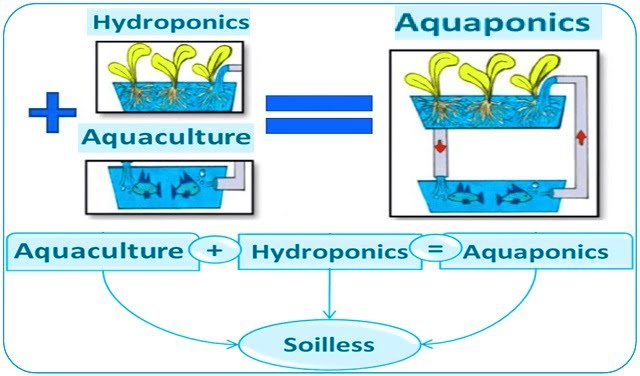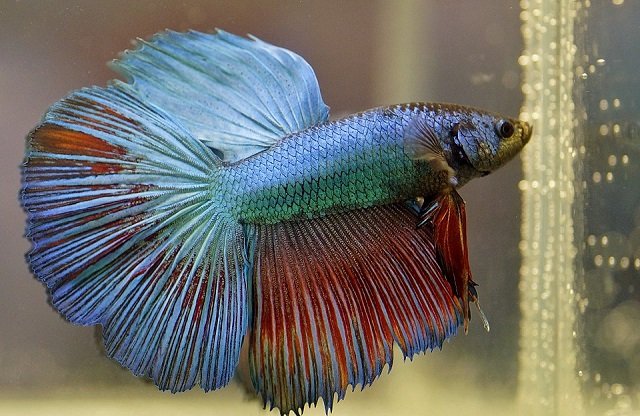
Optimizing feed quality and digestibility is crucial for profitable and sustainable aquaculture. While in vivo digestibility studies are essential for evaluating commercial feeds and ingredients, traditional methods often rely on external markers such as chromic oxide or yttrium oxide. However, using these external markers can be costly and logistically challenging, especially when producing smaller feed batches in commercial settings.
Recent research highlights a promising and naturally occurring alternative: Acid-Insoluble Ash (AIA). This study, published in the Journal of the World Aquaculture Society by scientists from the University of Miami and the University of Stirling, explores the potential of AIA as a reliable endogenous marker for assessing the digestibility of commercial aquafeed ingredients and diets.
What is Acid-Insoluble Ash (AIA)?
Acid-Insoluble Ash (AIA) consists mainly of silicate, a mineral component naturally present in many feed ingredients. It qualifies as an effective digestibility marker because it meets several key criteria: it is indigestible, non-toxic, does not interfere with nutrient absorption, is inert, mixes homogeneously in feed and feces, and accurately reflects digesta transit.
AIA has already proven effective in various species, including fish and shrimp.
Key Findings on AIA in Commercial Feeds and Ingredients
This comprehensive study is the first to quantify AIA levels in a wide range of commercially available aquaculture products. Researchers analyzed 27 ingredients and 18 internationally sourced feeds.
Key findings include:
Significant Variation
AIA content varies substantially depending on the type and origin of the ingredient.
- Marine Meals and Animal Byproduct Meals: Generally higher in AIA. Crab meal (up to 25.8%) and shrimp meal (up to 4.7%) showed particularly high levels due to their exoskeletons. Animal byproduct meals (e.g., feed-grade poultry meal at 5.0%) also contained significant AIA levels.
- Plant-Based Meals: Showed the lowest AIA content (e.g., soybean meal at 0.05%, corn meal at 0.03%).
- Processing Impact: High-quality processed meals that underwent ash-reduction treatments generally had lower AIA levels compared to their regular counterparts (e.g., poultry, pork, and tuna meals). Sardine meal was an exception, showing no significant difference between regular and high-digestibility versions in this study.
Presence in Commercial Diets
Researchers found a wide range of commercial diets for different species (fish, shrimp) and life stages (larvae/fry, grow-out, broodstock) contained quantifiable levels of AIA, ranging from 0.091% to 0.990%. The variation among diets was significant, likely reflecting differences in ingredient composition and sourcing.
Stay Always Informed
Join our communities to instantly receive the most important news, reports, and analysis from the aquaculture industry.
Method Validation
The study successfully adapted and validated a simple AIA quantification protocol (based on Van Keulen & Young, 1977 and Atkinson et al., 1984), suitable for adoption by the industry without requiring specialized or costly equipment.
Limit of Quantification (LOQ)
An analytical LOQ was established. The study recommends caution when AIA levels in a sample fall below 0.02 g (in the specific method used), as results may be less accurate. In such cases, analyzing a larger feed sample may be necessary.
Practical Applications for the Aquaculture Industry
Findings strongly suggest that AIA can serve as a reliable, practical, and cost-effective marker for digestibility studies in commercial aquaculture.
Benefits:
- Cost & Logistics: Eliminates the costs and complexities associated with purchasing, handling, and incorporating external markers into feeds.
- Rapid Evaluation: Allows feed manufacturers and farm managers to quickly assess the digestibility and overall quality of existing commercial diets without needing to create special experimental batches.
- Accessibility: The analytical method is relatively simple and transferable to standard feed quality control labs.
Recommendations:
Before conducting on-farm or in-house digestibility trials using AIA, it is recommended to first quantify the AIA content of the commercial diet to ensure it is above a reliable limit of quantification (LOQ).
Considerations
While AIA proves to be a robust marker in many scenarios, past studies have occasionally shown variability. Factors such as specific feed ingredients, animal species studied, fecal collection methods, and the exact AIA quantification process used can potentially influence results.
Conclusion
Acid-Insoluble Ash (AIA) presents a valuable and endogenous tool for the aquaculture industry. By leveraging the naturally occurring AIA in many commercial ingredients and feeds, producers can conduct practical and cost-effective digestibility assessments. This enables better feed quality monitoring, helps optimize formulations, and ultimately supports improved production performance. Quantifying AIA in readily available feeds offers a significant advantage over logistically complex external marker methods.
Contact
Julio Camperio
Rosenstiel School of Marine, Atmospheric, and Earth Science, University of Miami
Miami, FL, USA.
Email: jfc146@miami.edu
Reference (open access)
Camperio, J., Suarez, J. A., Glencross, B., & Benetti, D. D. (2025). Quantification of endogenous marker acid-insoluble ash in commercial aquaculture ingredients and feeds. Journal of the World Aquaculture Society, 56(2), e70015. https://doi.org/10.1111/jwas.70015
Editor at the digital magazine AquaHoy. He holds a degree in Aquaculture Biology from the National University of Santa (UNS) and a Master’s degree in Science and Innovation Management from the Polytechnic University of Valencia, with postgraduate diplomas in Business Innovation and Innovation Management. He possesses extensive experience in the aquaculture and fisheries sector, having led the Fisheries Innovation Unit of the National Program for Innovation in Fisheries and Aquaculture (PNIPA). He has served as a senior consultant in technology watch, an innovation project formulator and advisor, and a lecturer at UNS. He is a member of the Peruvian College of Biologists and was recognized by the World Aquaculture Society (WAS) in 2016 for his contribution to aquaculture.




